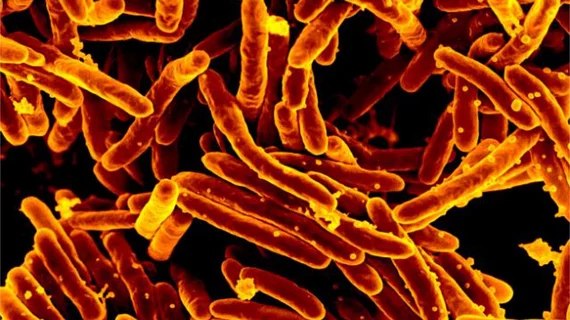NIH releases plan to tackle TB through diagnostic imaging tools, clinical efforts
The National Institutes of Health (NIH), released in the Journal of the American Medical Association a new strategic plan for tuberculosis (TB)—aiming to strengthen research, diagnostic tools and clinical efforts to tackle the disease, according to a Sept. 26 NIH news release.
The National Institute of Allergy and Infectious Diseases (NIAID) Strategic plan for Tuberculosis Research will prioritize expanding knowledge of TB by using imaging and biology methods, improved diagnostics to better understand the progression of TB and researching the host and microbial factors that affect TB, along with its transmission and epidemiology.
Specifically, the NIAID is calling for improved development of efficient, cost-effective diagnostic tests, treatment regimens suitable for all populations, research on emerging technologies to diagnose and monitor disease progression and recurrence, advanced technologies and models to facilitate the design of new TB vaccines and to identify biomarkers of problematic immunity and assess preventative drugs.
To address the challenge for those co-infected with TB and HIV, the NIAID will also focus its efforts on developing shorter-duration therapeutics for latent and active drug-sensitive and drug-resistant TB including host-directed therapies to reduce or prevent drug toxicity, according to the release. The plan will also widen research opportunities to allow scientists access to more facilities and databases.
“These efforts are expected to reinvigorate TB research and accelerate the development and evaluation of new methods to diagnose, prevent, and treat TB,” according to the plan. “By advancing fundamental TB research, resource development, and training of the next generation of TB researchers, NIAID will expand the knowledge base and expertise critical for accelerating the development of a comprehensive toolkit to end TB.”

